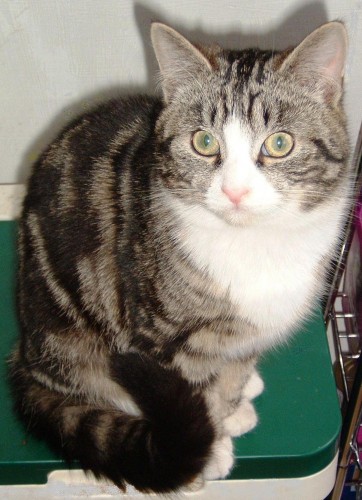
Patched tabby (also known as torbie): Two-toned tabby markings, which usually consist of brown and red. Red tabby: Dark red spots, stripes and whorls on a light red/cream background. Silver tabby: Dark grey spots, stripes or whorls on a light grey background. The tabby pattern occurs in twelve colours which are black based or red based and their dilutes and dilute modifiers which change the shape of the melanin granules or make them clump together.īrown tabby: Da rker spots, stripes or whorls on a lighter brown background. Ghost tabby markings on a black kitten Tabby colours They are most commonly seen in kittens and usually disappear as the cat matures. Sometimes it is possible to see a glimpse of the tabby markings on solid cats, which is referred to as ghost tabby markings. Specific breeds have variations of the four tabby patterns, the Sokoke coat pattern consists of a modified classic tabby, and the Bengal coat can consist of marbled, arrowhead, pawprint, doughnut and clouded, the latter three are variations of the spotted pattern. If cats were allowed to do their thing (so to speak), and no more selective breeding occurred, then cats would eventually revert to the default tabby pattern after a few generations, which is known as revert to type. The spotted tabby is essentially a mackerel tabby with a modifier gene that breaks up the markings from stripes into spots. Recessive genes require two copies (one from each parent) to be expressed. The mackerel tabby (Mc) is the default ( wild type) pattern, with the classic pattern being recessive (mc). Genetically all cats are tabby, however, many possess modifier genes that inhibit this pattern from being expressed. If a cat inherits two recessive a genes, then it will be a non-tabby (solid) cat as the presence of the a/a masks the tabby pattern.Ī/a =non-tabby (solid) Spots, sworls and stripes
#Black short haired tabby cat code#
The agouti gene is dominant the code for this gene is A/a (a capital letter symbolises that the gene is dominant, a lower case letter means the gene is recessive). Certain it is that the word tabby only referred to the marking or stripes, not to the absolute colour. But it might also, one would suppose, with as much justice, be called a taffey cat, unless the calendering of “taffey” caused it to become “tabby”. This stuff, in bygone times, was often called tabby: hence the cat with lines or markings on its fur was called a “tabby” cat. The word tabby was derived from a kind of taffeta, or ribbed silk, which when calendered or what is now termed watered, is by that process covered with wavy lines.

Harrison Weir, in his book Our Cats And All About Them, dated 1889, describes the origins as this: The name tabby is believed to have derived from Atabi, which is a type of striped taffeta (known as tabbi) that was manufactured in the Attabiah district of Baghdad in the Middle East. Agouti ( symbolised with an uppercase A) is dominant over almost all other coat colours with an exception for the white masking and white spotting genes. Ticked Abyssinian catĭomestic cats inherited the agouti gene from their wild cat ancestors, the African wildcat ( Felis silvestris lybica). Agouti hairs are most obvious on the ticked tabby (such as the Abyssinian or Singapura) who only has the agouti background but not the stripes, spots or sworls. The tabby gene is known as agouti and produces a background that is made up of individual hairs that have alternate banding ( ticking).

The tabby cat is not a breed, but a coat colour that can be found in both mixed breed and purebred cat populations. Tabby is a coat pattern among domestic cats (purebred and mixed-breed) that features an agouti pattern of alternating dark and pale bands of colour along the hair shaft with contrasting darker spots, stripes or sworls and a prominent M on the forehead.


 0 kommentar(er)
0 kommentar(er)
